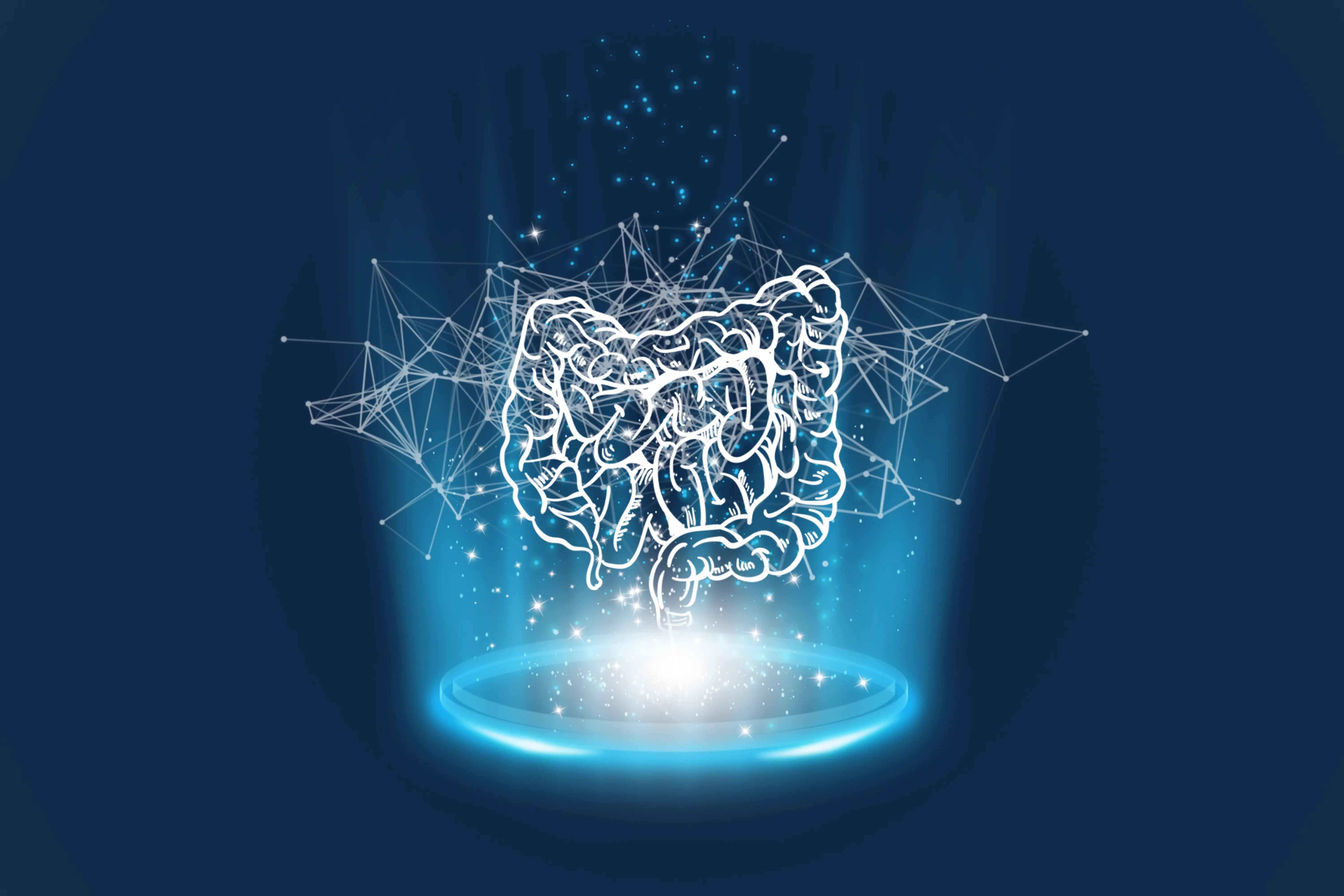Contraception
Contraception is used to prevent pregnancy or to keep the probability as low as possible. In order to assess the safety of a contraceptive, the Pearl Index of the respective contraceptive is helpful. There are various methods of preventing pregnancy that differ not only in their reliability but also in their effort and possible side effects. With all methods, the contraceptive effect is based on either preventing the fertilization of the egg or preventing the implantation of an already fertilized egg in the uterus. Pregnancy There are various methods of preventing pregnancy that differ not only in their reliability but also in their effort and possible side effects. With all methods, the contraceptive effect is based on either preventing the fertilization of the egg or preventing the implantation of an already fertilized egg in the uterus. Pregnancy There are various methods of preventing pregnancy that differ not only in their reliability but also in their effort and possible side effects. With all methods, the contraceptive effect is based on either preventing the fertilization of the egg or preventing the implantation of an already fertilized egg in the uterus.
Contraceptive methods
Barrier methods (contraception)
In barrier methods, the effect is based on a mechanical barrier that prevents the entry of ejaculate into the uterus and thus the contact between egg and sperm. These methods include the condom, vaginal diaphragm, cervical cap, and female condom (Femidom). The condom and the Femidom are currently the only two contraceptives that also protect against sexually transmitted diseases.
The coil
An intrauterine pessary (IUD) is understood as a T-shaped plastic body, which is inserted into the uterus. The object is either wrapped with copper (copper coil, copper chain) or a copper-gold alloy (gold coil). This type of contraception is based on the inhibition of implantation of fertilized eggs and a simultaneous spermicidal effect of the copper ions. An alternative to the copper IUD is the hormonal IUD. It works strictly locally with the help of a gestagen, is used for several years like the copper IUD, and is considered one of the safest contraceptives.
Hormonal Methods of Contraception
Estrogens and/or gestagens are used here. The principle of action of these hormones is to prevent ovulation. In addition, the consistency of the cervical mucus is changed, making it more difficult for sperm to penetrate the uterus. The most important representatives of hormonal contraceptive methods are combined oral contraceptives (pill), the mini-pill (which only affects the cervical mucus but does not prevent ovulation), the three-month injection, the contraceptive patch, and the contraceptive ring. The hormone implant or contraceptive stick is inserted into the upper arm and offers very high contraceptive protection for at least three years.
Natural Methods of Contraception
"Natural" family planning refers to determining the fertile days in a woman's menstrual cycle. Sexual intercourse is thus restricted to the infertile period, or other contraceptive methods are used during the fertile period. These include, among others, the calendar method, basal temperature measurement, or the cervical mucus method (Billings method). The reliability of these methods, however, falls well behind all the contraceptives mentioned above.
Chemical Contraceptive Methods
So-called spermicides are used in various forms (creams, gels, foam, or sprays). They are inserted into the vagina before sexual intercourse and are intended to greatly restrict or kill the sperm's mobility. It is recommended to use them in addition to other contraceptive methods, such as a condom.
Sterilization
The procedure of sterilization guarantees permanent infertility. This can be performed in both men (vasectomy) and women (tubal ligation). In this procedure, the vas deferens are cut in men, and the fallopian tubes are tied or cut in women during surgery.
The "morning-after pill"
The "morning-after pill" is not one of the actual contraceptives, but a hormone tablet for emergency contraception. It contains multiples of the hormone dose of a normal pill and only works if ovulation has not yet occurred. Important to know: The more time passes between unprotected intercourse and taking the "morning-after pill", the greater the probability that ovulation will still occur. That's why it's so important to take the "morning-after pill" as soon as possible.








